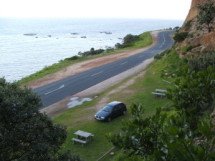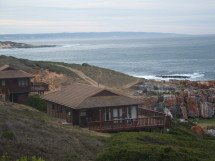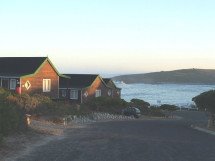Part Four of the account of the early days of radio in South Africa during the 1920's as told by South African Dxer, Nick Kendall.
The candid account, in Nick's own words, provides an insight into what was involved in being able to listen in during the early pioneering days of radio broadcasting.
The commercial sets before 1925 (as far as I can remember) were all battery powered.
It must have been at the end of that year that the "all electric" sets arrived from the U.S.A. They were all cabinet or "console" designs - beautifully and solidly built - seven or eight valves. Thanks to Rice and Kellog the sets were all fitted with Moving Coil speakers which in my opinion are far superior to present day Permanent Magnet speakers (General Electric engineers Chester W. Rice and Edward W. Kellogg designed the moving coil loudspeaker in 1925 - GD).
Well known makes were FADA, Radiola (RCA), Stewart Warner, Majestic, Stromberg Carlson, Capehart and a few isolated custom built sets. Incidently, all the dials were calibrated in kilocycles - not metres. If you were lucky you could pick up Johannesburg and Durban.
The candid account, in Nick's own words, provides an insight into what was involved in being able to listen in during the early pioneering days of radio broadcasting.
The commercial sets before 1925 (as far as I can remember) were all battery powered.
It must have been at the end of that year that the "all electric" sets arrived from the U.S.A. They were all cabinet or "console" designs - beautifully and solidly built - seven or eight valves. Thanks to Rice and Kellog the sets were all fitted with Moving Coil speakers which in my opinion are far superior to present day Permanent Magnet speakers (General Electric engineers Chester W. Rice and Edward W. Kellogg designed the moving coil loudspeaker in 1925 - GD).
Well known makes were FADA, Radiola (RCA), Stewart Warner, Majestic, Stromberg Carlson, Capehart and a few isolated custom built sets. Incidently, all the dials were calibrated in kilocycles - not metres. If you were lucky you could pick up Johannesburg and Durban.
 Philips was next with their two, three and four valve table models with separate speakers followed by the Loewe "Three in One" set.
Philips was next with their two, three and four valve table models with separate speakers followed by the Loewe "Three in One" set.Philips brought out the H.T. Eliminator which plugged into the mains. It took the place of the H.T. and grid bias batteries but I still had to contend with the accumulator and keep it charged to work my three volt home-made Reinartz-grebe set.
The Reinartz-grebe set proved to be far more sensitive than any of the commercial sets on the market so I decided to wait before purchasing an "all electric" model. I continued to use the set for broadcast band reception and easily pulled in Johannesburg and Durban.






















No comments:
Post a Comment